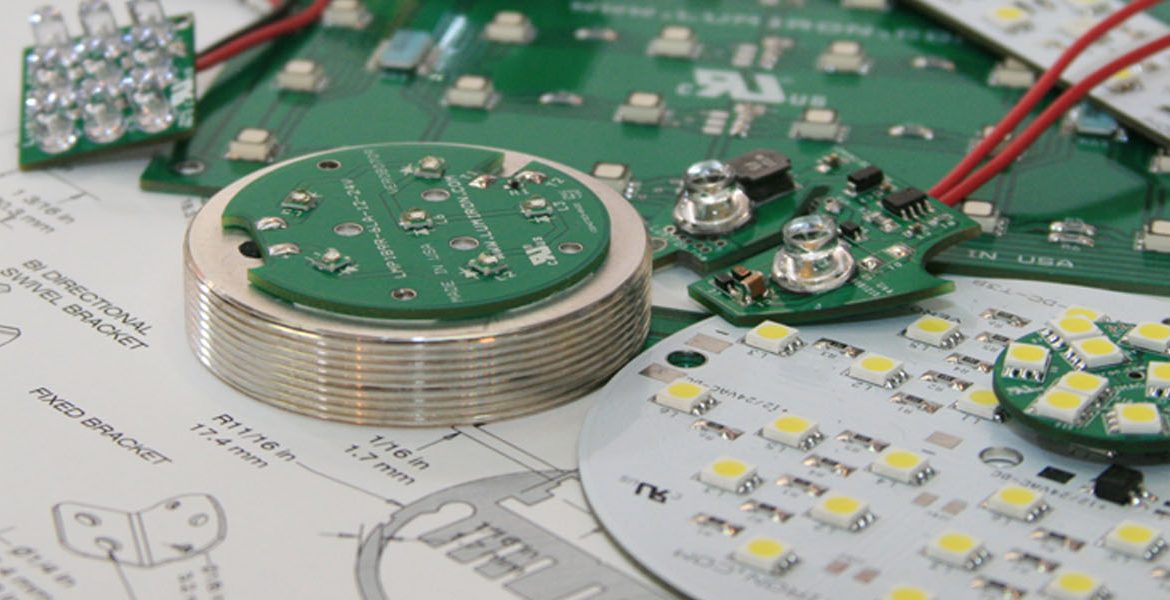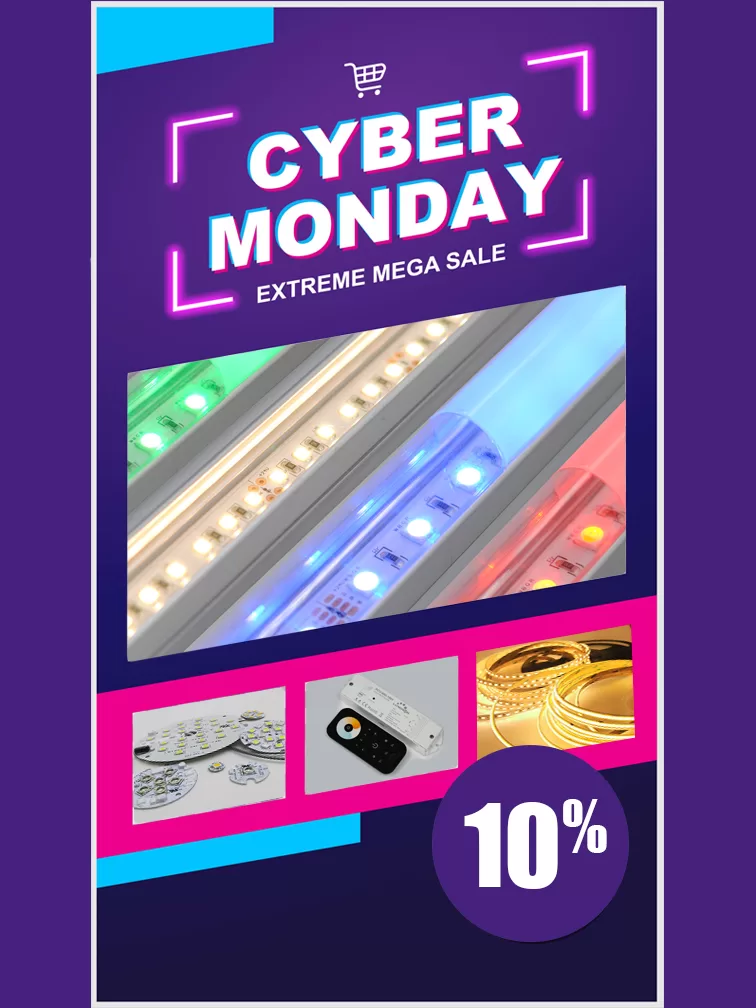Don’t assume that an LED will last exactly as long as the package claims when there are practical, environmental, and mechanical factors that can greatly influence the life of the LED light.
By Timothy Dale
Q: Lighting experts tout the longevity and potential money savings of LEDs, but is all that true? Are there ways to ensure I get the longest life possible out of my LED lights?
A: LED lights are known for their long lifespan, with many manufacturers printing the expected life directly on the packaging. This can range from 5 to 20 years, but there is more to the actual life of an LED than a simple manufacturer estimate. Many factors can influence the actual lifespan of the LED, including intense heat, a high frequency of use, and operating the LED light on a higher current than intended. So, how long do LED lights last?
The reality is that the lifespan of an LED light will typically fall within a range of about 4 to 6 years. For instance, an LED light could last 10 years, but it may only last for 8 if it’s frequently used outdoors in extremely hot temperatures, or it may last 12 years if the light is kept in a room-temperature location and rarely ever used. However, it should also be noted that even if an LED light does reach the manufacturer-indicated lifespan, the light will experience luminous decay, which reduces the light output of the LED over time.
An LED’s lifespan has everything to do with how it is used.
The area, application, current, temperature, frequency of use, and even the way in which an LED light is used can affect the lifespan of the bulb, so while manufacturers will often provide an estimated life on the packaging, this shouldn’t be taken as the exact measurement. In fact, the only real way for an LED light manufacturer to know the exact lifespan of every bulb, regardless of use, would be planned obsolescence.
Instead of trying to pin down an exact lifespan, the manufacturer provides an estimate based on common usage in typical situations. If the LED light is used with the approximate frequency and in relatively similar circumstances it will likely last a bit longer than the estimate, but any substantial differences in frequency or circumstance can increase or decrease the life of the bulb.
Exposure to intense heat can dramatically reduce the lifespan of an LED light.
Like most electronic devices, LED lights are susceptible to extreme heat. They are generally made to be used at room temperature, which ranges from about 65 to 80 degrees, though they can also be used in a garage, shed, or outdoors. However, most LED lights function best when the temperature remains below 75 degrees.
When exposed to extreme heat, the temperature of the semiconducting element within the LED also increases, which has the effect of accelerating the degradation rate of the diodes. Contrary to popular belief, extreme cold does not reduce the lifespan of an LED. In fact, cool temperatures help to keep the semiconducting element at a moderate temperature, extending the life of the LED, making them a great option for colder climates.
To prolong their lifespan, turn LED lights off when they’re not in use.
While LED light bulbs do have a much longer lifespan than incandescent bulbs, it’s still important to make sure most of the indoor lights are off when you go to bed, or that outdoor lights are turned off in the morning. This may seem like an obvious step to take, but simply turning the lights off when they aren’t being used extends the life of the bulb. After all, every second the light is on takes away from the total life of the LED, so it only makes sense that the light should be preserved for when it’s actually necessary.
A great way to ensure that all the lights are turned off around the home is to invest in a smart home system or even a lighting system with scheduling capabilities. This allows the user to set the time at which the lights will automatically turn off, so you can be confident that you aren’t wasting electricity and reducing the lifespan of the LED bulbs.
It should also be noted that, unlike incandescent and halogen bulbs, repeatedly turning an LED light on and off does not impact the lifespan of the bulb. The LED continues to function and the lifespan is reduced by the amount of time that the light was on, regardless of the number of times it was switched off and back on.
Running LED lights on higher currents than you should shorten their lifespans.
Any type of electrical device comes with a specific operating range and LED lights are no different. Each LED is made to be used with a certain electrical current, which refers to the rate at which electricity flows into a circuit. When an LED bulb is used with an electrical current that is too low, the LED doesn’t have enough energy to produce the expected light output. Though, the benefit of this situation is that the LED actually lasts longer because it isn’t being used at its full capacity.
However, when an LED light is used with an electrical current that is too high, it will shine brighter in an attempt to use all of the energy that the circuit is receiving. This reduces the lifespan of the bulb, but it can also cause the light fixture and the LED circuit to overheat and burn out.
LED light bulbs with well-designed heat sinks may last longer.
A heat sink is a component that is commonly used in electrical devices, like computers, cellphones, and LED lights to absorb and disperse excess heat, thereby cooling the internal components and circuitry of the device. Equipped with this information about the purpose of a heat sink, it shouldn’t be any surprise that LED lights with high-quality heat sinks typically last longer than identical LED lights with standard or low-quality heat sinks.
The better the design of the heat sink, the more capable it is at absorbing and dispersing the heat that is produced when the light is being used. This also helps to protect the circuitry from high ambient temperatures, making these premium bulbs a good choice for hot climates.
If your LED light burns out prematurely, check its manufacturer’s warranty or guarantee.
Depending on the product, an LED light may have a manufacturer’s warranty or guarantee that the bulb will last for a certain amount of time. Typically, LED warranties last for between three to five years, so if a bulb burns out after this time it is considered within the expected failure range. These warranties are somewhat helpful, but they generally only cover the cost of replacing the specific LED light, so the failure of a single LED bulb may not be worth jumping through the necessary hoops to make a warranty claim.
If you do decide to claim a warranty on a product, expect to have to send the product to the manufacturer where it will be tested to determine if it was used according to the manufacturer’s directions. After testing they will give you the results, indicating whether the LED will be replaced or reimbursed, or if the failure was due to a factor like a user error or improper installation.






